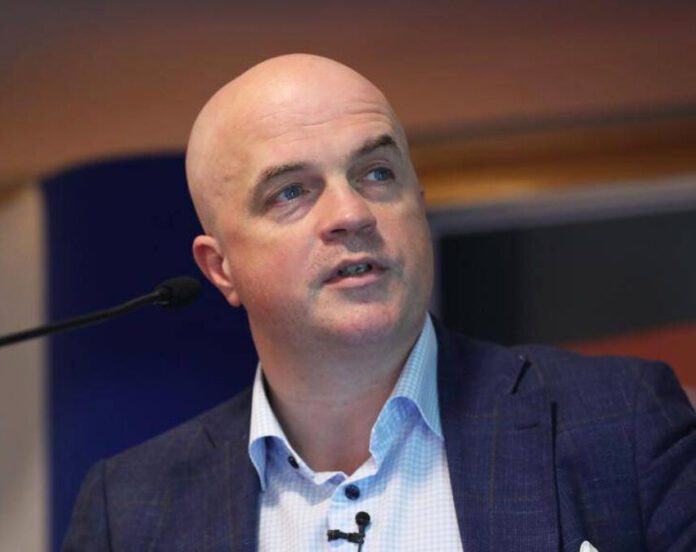
ALMOST 59,000 people are now on a waiting list for care across the University of Limerick Hospitals Group, while one in three consultants posts are either vacant or filled by agency staff.
A post for a childrens’ neurologist, which was advertised by the group, did not get even one application, according to the Irish Hospital Consultants Association (IHCA).
According to figures released this week by the IHCA, 58,774 people are now on waiting lists in UHL, St John’s, Croom, Ennis, and Nenagh hospitals, as one-third of consultant posts remain unfilled.
The figures show that outpatient waiting lists at hospitals in the Mid West region have almost doubled since 2015 and the number of ‘long waiters’ on lists to be assessed by a consultant has increased five-fold to almost 19,000 in the past seven years.
According to the IHCA, a consultant recruitment crisis in the region’s hospitals is the root cause of delays in providing care, with a record one in three permanent consultant posts vacant or not filled as needed.
The IHCA in a statement said: “University Hospital Limerick, the busiest hospital in the region, has seen the greatest growth in its outpatient waiting list with an additional 25,616 (+147 per cent) people awaiting an appointment with a consultant since 2015, and an increase of almost 780 per cent in the number of people waiting longer than a year for an outpatient appointment over that same period.”
Some of the longest waiting lists across the group are for routine, planned care particularly in orthopaedics, ENT, ophthalmology, dermatology, neurology, urology, gynaecology, and cardiology, as well as general surgery.
The IHCA also stated that many of the vacant or temporary filled consultant posts are also in these specialties. For example, attempts to hire a paediatric neurologist at UHL in 2020 and 2021 proved unsuccessful, with not a single applicant for the post when it was advertised last year. This has meant EEGs for Limerick children having to be interpreted by a consultant in Temple Street, Dublin.
A gap analysis of neurology services in the Mid-West has further identified the need for five additional neurology consultants to bring ULHG into compliance with the national clinical care programme.
And in a week when the start of work on the new 96-bed block for UHL was announced, the IHCA say that “at least 200 additional beds and significantly increased operating theatre facilities [are] needed in ULHG to bring capacity in line with other Model 4 hospitals.”
IHCA President Prof Alan Irvine said: “The severe shortage of consultants and the number of vacant posts across the UL Hospitals Group are the main contributors to the unacceptable delays in providing care to patients in the Mid West region.
“Meeting the healthcare needs of the 58,700 people currently waiting to be assessed or treated by a consultant will only be possible by urgently filling the one in three permanent approved consultant posts that are currently unfilled and rapidly expanding the region’s hospital beds, operating theatres and other essential hospital facilities.”
Across Limerick, Clare and North Tipperary, there are now 58,774 people waiting for public hospital inpatient/day treatment, GI endoscopies, or an outpatient appointment with a consultant.
New figures released by the HSE confirm that one in every three (33 per cent) approved permanent hospital consultant posts in the UL Hospitals Group are either vacant or filled on a temporary or agency basis – an all-time high 68 out of 206 approved consultant posts– an increase of 16 posts not filled as needed since November 2020.
A further eight consultant psychiatry posts are not filled as needed in the three Mental Health Services of Clare, Limerick, and Tipperary North, bringing to total number of consultant posts that are vacant or filled by temporary staff to 76.
There was no comment available from the University Hospital Limerick group at time of going to print.










